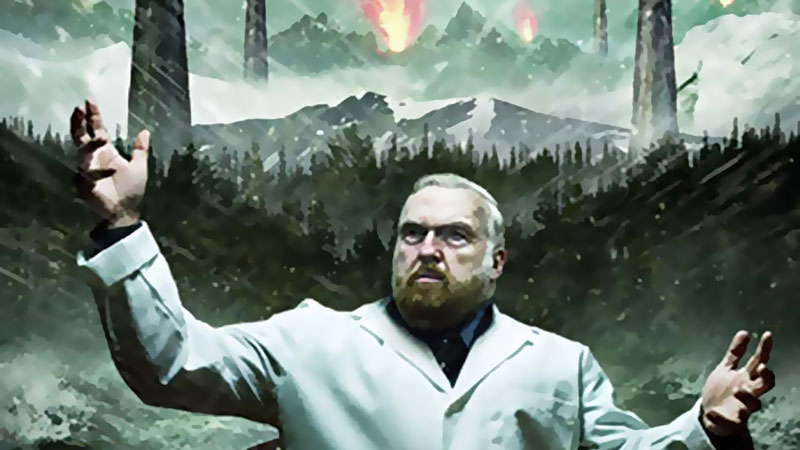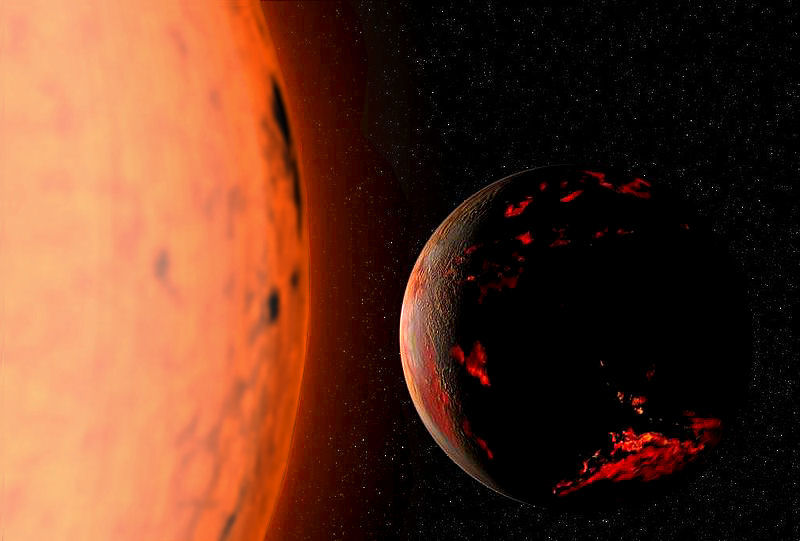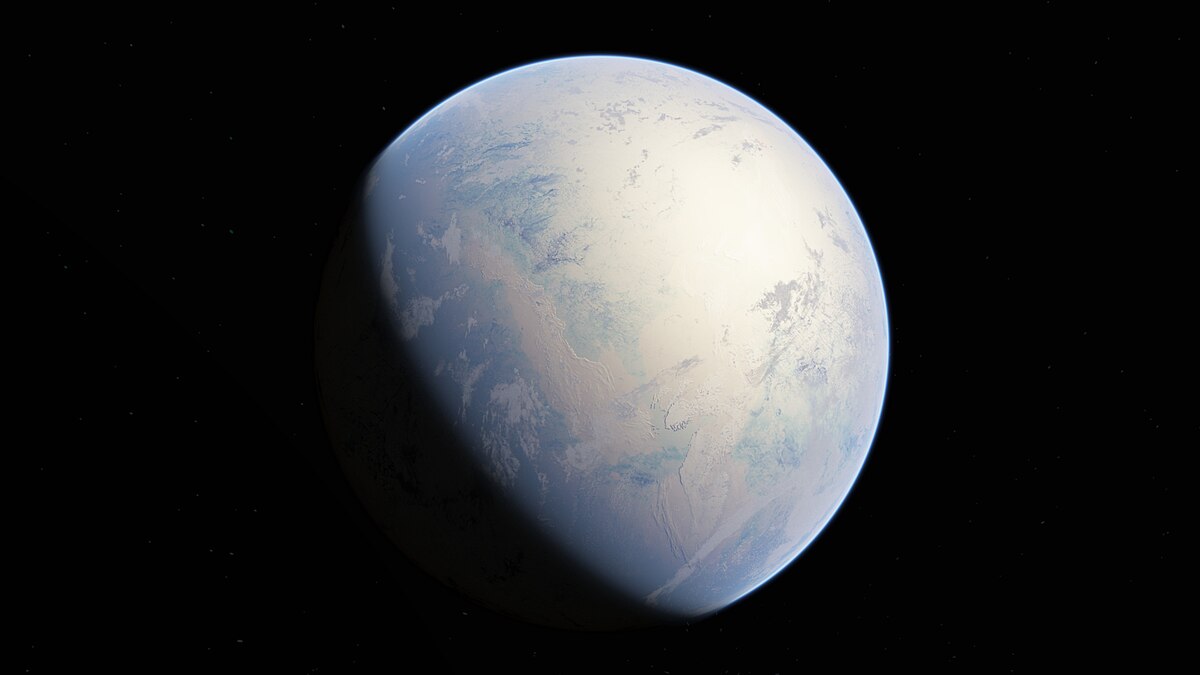I just came across this interesting data visualization for the first time (via a short video at the link).
Given our current weather, this may not be a great time to post, especially for those that confuse weather and climate.
2 degrees F doesn't seem like much but climate change at our place has been very evident over the last 22 years.
We see way less snow and ice, ponds no longer freeze over to where we can ice skate, and resident animals and plant varieties are changing.
![[Hearth.com] NASA Global Warming Visualization [Hearth.com] NASA Global Warming Visualization](https://www.hearth.com/talk/attachments/1672152231402-webp.306297/)
 svs.gsfc.nasa.gov
svs.gsfc.nasa.gov
Given our current weather, this may not be a great time to post, especially for those that confuse weather and climate.
2 degrees F doesn't seem like much but climate change at our place has been very evident over the last 22 years.
We see way less snow and ice, ponds no longer freeze over to where we can ice skate, and resident animals and plant varieties are changing.
NASA Scientific Visualization Studio | GISTEMP Climate Spiral
The GISTEMP climate spiral 1880-2021. This version is in Celsius, see below for an alternate version in Fahrenheit. || GISTEMP_Spiral_2022-03-06_2257.01710_print.jpg (1024x576) [122.0 KB] || GISTEMP_Spiral_2022-03-06_2257.01710_searchweb.png (320x180) [43.9 KB] ||...





![[Hearth.com] NASA Global Warming Visualization [Hearth.com] NASA Global Warming Visualization](/talk/proxy.php?image=https%3A%2F%2Fclimate.nasa.gov%2Frails%2Factive_storage%2Fblobs%2Fredirect%2FeyJfcmFpbHMiOnsibWVzc2FnZSI6IkJBaHBBK2xrQWc9PSIsImV4cCI6bnVsbCwicHVyIjoiYmxvYl9pZCJ9fQ%3D%3D--36e66c856d97392a97346c0d0735e3abd7ed1d87%2Fco2-graph-083122_scaled_scrunched.jpg%3Fdisposition%3Dinline&hash=894bfa9c9700ed8054e045301d700eee)
